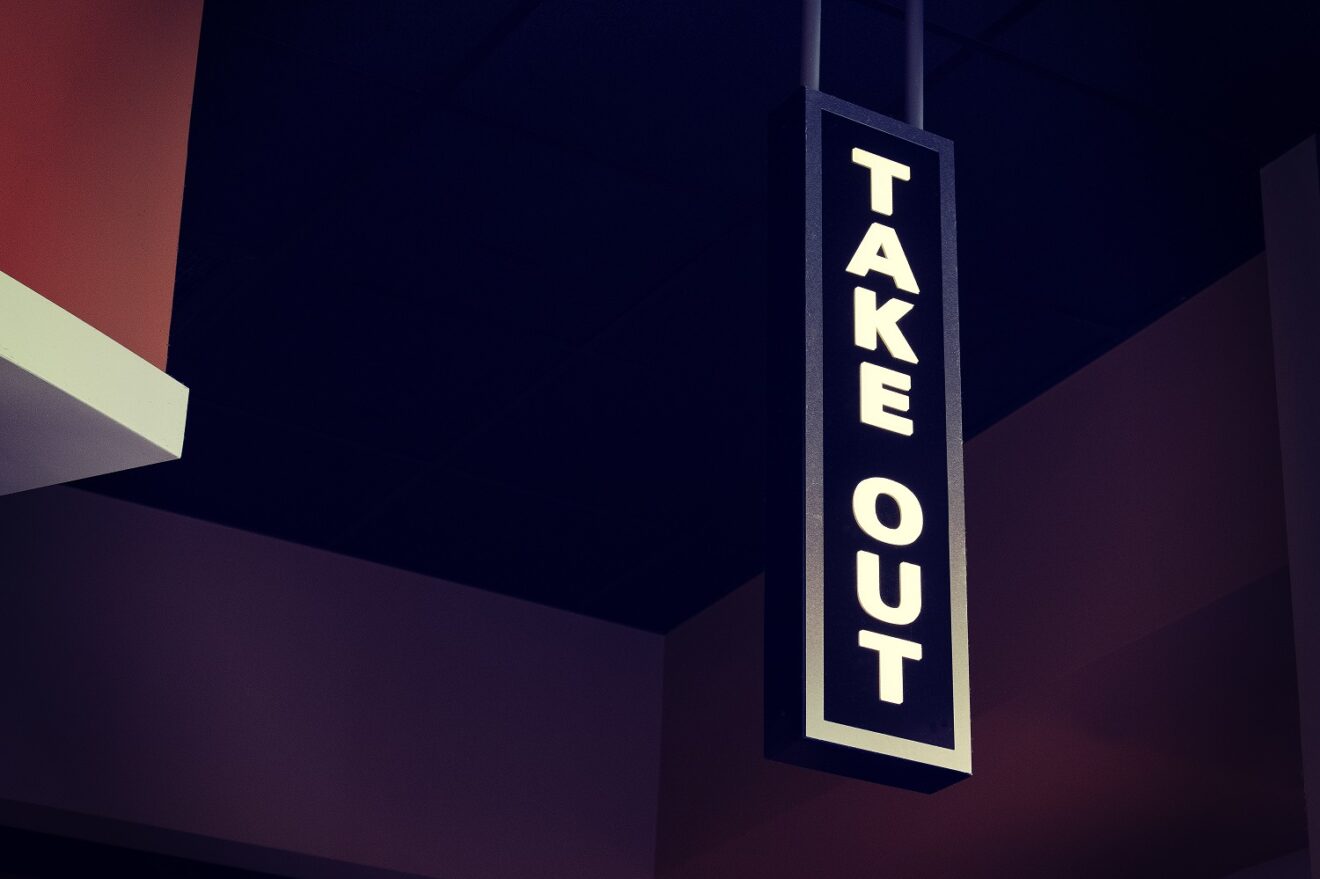It’s impossible to underestimate how much the restaurant industry has changed due to the pandemic: thousands of closures, the evolution and expansion of delivery, the explosion of virtual brands and ghost kitchens, chains growing despite overall sales declines and a geographic pull to the suburbs.
And in the year ahead, many restaurants will have to fight a two-sided battle: getting diners back into dining rooms while also competing with convenience options that flooded into consumers’ homes when restaurants were shuttered. That’s one of the findings from Datassential’s Firefly 500+ report, an annual analysis of the country’s 500 largest restaurant chains and most pressing industry trends.
Overall, sales for the Firefly 500+ were $305.18 billion in 2020, down 4.3% from the year before, while the group — which makes up roughly a third (32.5%) of the restaurant industry in terms of sales — closed 3,616 locations, or 1.5% of total units. It ended the year with a total of nearly 230,000 units.
The top chains ranked by total units were Subway, Starbucks, McDonald’s, Dunkin’ and Taco Bell. Subway and McDonald’s lost units while the others gained. Dunkin’ showed the most growth among the top five.
The top chains by sales were McDonald’s, Starbucks, Taco Bell, Chick-fil-A and Wendy’s, with just Taco Bell and Starbucks reporting sales declines for the year.
In terms of closures, 10.2% of all restaurants permanently closed in the year following the declaration of a pandemic. Surprisingly, independent restaurants were not hit hardest, but instead mid-sized chains took the biggest hit in terms of permanent closures. Chains with between 11 and 100 units had a permanent closure rate of 15.2-16.2%. The largest chains weathered the pandemic the best as many consumers still had the option of a drive-thru or more delivery options.
Chains took a bigger slice of a smaller pie in 2020, increasing their share of total consumer spend to 80.2%, from 67.3% a year earlier.
Success in a pandemic could easily be narrowed to a conservative combination of minimizing losses and attempting to hold a steady unit count. Even in more normal times, it’s challenging to expand a brand’s footprint without sacrificing average unit volumes. Yet a few dozen brands managed to grow total sales at a faster rate than unit counts in 2020, suggesting that innovation in both menu and service structure remained as critical as ever.
In 2020, those stand-out-brands included Papa John’s, which grew sales by 19% while seeing units decline; Popeye’s, which posted 20% sales growth on a 5.5% growth in overall units; and smaller chains like Penn Station East Coast Subs, which posted 5% annual sales growth with just a 0.3% increase in units.
Fast casual was the only service sentiment to end the year with more locations than the year before due to strength in segments like chicken, Mexican and salad/healthful.
Suburban chains fared better than urban chains last year as many people relocated from concentrated urban centers.
In general, delivery and take-out became a lifesaver for many brands. Many segments doubled or nearly-doubled their take-out or delivery availability in just the six months from June to December, including limited-service salad chains, dessert and snack operators, coffee shops and bakery-cafes. Full-service restaurants were the slowest adopters but there was no segment of the Firefly 500+ that didn’t expand off-premise options.
And as Americans get vaccinated and begin to see the light at the end of this pandemic tunnel, there is surely going to be a boost from pent-up demand as some consumers sit down in restaurants for the first time in more than a year. But beyond the initial recovery, competition with convenience will remain a top focus as consumers have become accustomed to the convenience of at-home dining, whether that’s through cooking at home, opting for a meal kit, or using takeout and delivery with greater frequency. Alcohol delivery could also create a sizable shift for full-service restaurants, as well.
Successful “re-entry” for brands as the US emerges from the pandemic includes embracing technology and the continued juggling of two customers: the in-restaurant diner and that consumer who would prefer to eat in the comfort of their home, but still demands all the quality and experience they associate with foodservice.
Related stories:
- SmartSummit: Fighting racism through the food and hospitality industries
- Will the future food supply chain reflect pandemic-era changes?
- Health & wellness in the US today: Cultural shifts and the COVID-19 pandemic
Samantha Des Jardins is a writer for Datassential, a food industry market research and insights firm.
________________________________________________
If you enjoyed this article, you can sign up for the FMI dailyLead, ProChef SmartBrief or Restaurant SmartBrief to get news like this in your inbox. For even more great news content, sign up for any of SmartBrief’s 275+ free email newsletters today, free.
